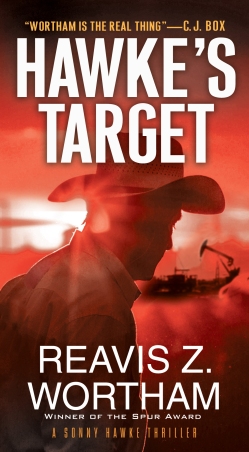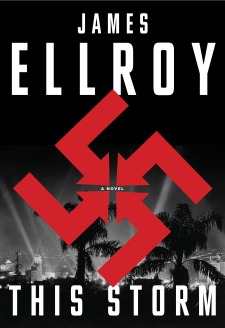In Deguello, Billy Kring’s latest to feature border agent Kincaid, Hunter gets her vacation with fellow agent Norma interrupted by a kidnapping they foil. However the kidnappers get away. The child belongs to drug lord Solomon Chapa. When a less fortunate parent believes the same group took her child, Hunter can’t help but act. What follows is an action packed story with the Hunter and friends having to navigate the tricky politics of the border and it’s criminals. Billy with be joining Kris Lackey (Greasy Bend) for a discussion about their law enforcement heroes, but we got a few early questions in with him about his character and his heroines profession that he once had.
Hunter is up against the kidnapping trade in Mexico. What did you want got get across to the reader about that crime?
The primary thing is that it has changed. While it used to be that kidnappings were ransom crimes, where the victim is basically sold back to those who care for him or her, these new kidnappings are completely different. Children are kidnapped and sold, primarily for sexual purposes. Their loved ones rarely ever see their children again. It is a cold, heartless business, and the money is so good (to the criminals) that it reaches globally. The kidnappers in my story are using a sophisticated underground railway of sorts to ferry the children far away and overseas to countries in the middle east.
What makes kidnapping so lucrative for criminals on the border?
The money’s so incredibly good. The tastes of some foreigners have grown more exotic, so children of unusual attractiveness can draw very high prices, and I’m talking way up there. The downside for kidnappers is that people on both sides of the border detest such things, and if they’re caught, the penalty is harsh, more so than drugs.
It was great to have another female agent backing Hunter up. How did you go about constructing Norma?
She’s based on several female Agents I know, and I gave Norma a lot of their actions and characteristics. She is different from Hunter, and a lot more fun. But she’s still a solid law enforcement officer, she just likes her days off and looking at attractive men. She’s the one you see at a dance and want to ask to two-step, but there are already a half-dozen guys in line waiting to do the same thing.
What is the biggest misconception of the border?
BK: People think of it in static terms but it isn’t. The border is more like a living thing, and actions that occur there are fluid. One area may be devoid of people or vehicles for a week, but the next day, people, firearms, drugs, and hi-tech military equipment (like weapons-grade computer chips, etc.) come across and disappear into the interior, then the very next day the area is uninhabited again. It is like that for the entire border, and that’s both north and south borders, and that’s 2,000 miles and 4,000 miles of area, and I’m not even mentioning the oceans, which are also used more than most people think. If criminals in Mexico see news teams or reporter crews coming to the border, they disappear. They return when those people leave, and the perception is that the border is safe, at least to some of the news teams and reporters and those with them (not all of them). This isn’t new, the same thing was going on in the seventies and up to now. People who work daily on the border, no matter what their job, know it can be both dangerous and beautiful, and people on both sides can be evil or good. It’s human nature.
What is the biggest misconception of the border patrol?
BK: That everything about the border is under the Border Patrol, which is not true. The Ports of Entry at the border are not Border Patrol manned, and neither are the detention facilities, or ICE, which is the investigative branch. They are separate departments. It is more like cousins, each with different parents, etc. They all have something to do with the border and immigration, but that’s as close as they get. The Border Patrol detects and apprehends aliens and drugs and anything else illegally coming into the country, then only holds the people long enough to process them and turn them over to another agency for continued processing. Because of that, people are only held for as long as it takes to fill out the paperwork and transfer them to the other facility, unless the main facility is overflowing, then the Border Patrol has to hold them longer. Because of that, the Border Patrol doesn’t have much space for holding people, which is why cages are used, often only the size to hold ten or twenty people. When an unusually large group or groups are caught at one time, and they have to be held until the processing is finished, the holding facility can get crowded because they have to be held until processed, but it is only temporary. Then they are moved to more adequate long-term facilities with beds, showers, food, medical treatment, television, etc. The other thing is that putting children with adults can put the children in harm’s way, so for safety’s sake, they are kept separate unless the parents are there. People don’t realize that over 30 percent of juveniles are crossing without parents or older siblings. Agents try to keep families together, but again when there is overcrowding, sometimes families are separated.
Also, the Border Patrol has rescued over 4,000 aliens this year, both in the river and in the desert. Unfortunately, there were some they couldn’t save.
As a writer, what makes Hunter Kincaid a character worth returning to?
Honestly, I find out more about her every time I write, which is fascinating to me. I didn’t expect that. And because I created her with composites of my female friends, as they continue their lives and we talk, I find other things that automatically find their way into Hunter’s DNA. She has her flaws, including a hot temper at times, but her heart is good, and she wants to do what is right as she sees it. In my novels, Hunter tends to find herself in situations where she is helping the aliens against some really bad people. I guess the bottom line is, I like the way she treats everyone with dignity.


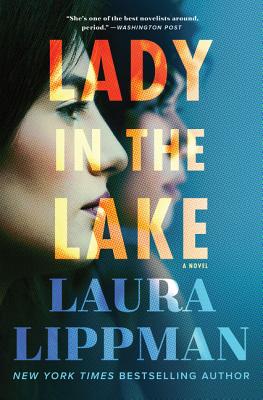
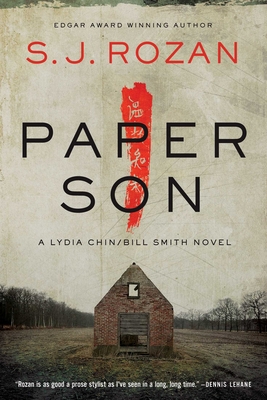

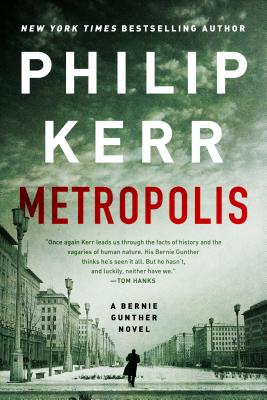
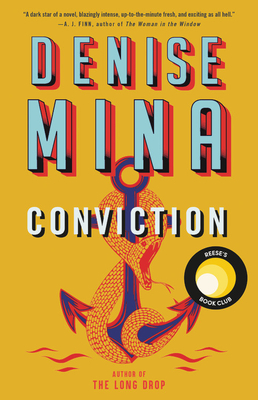
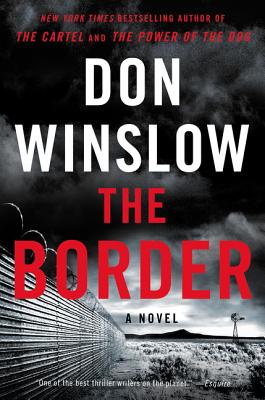

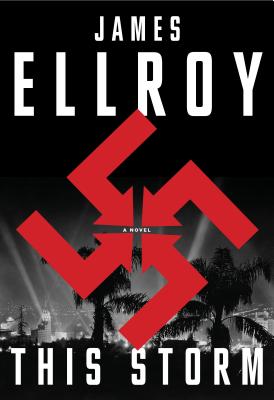
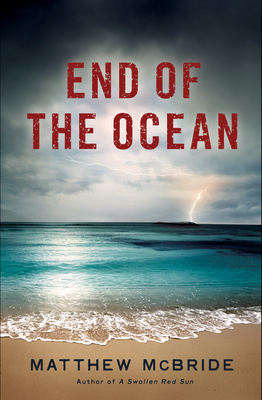
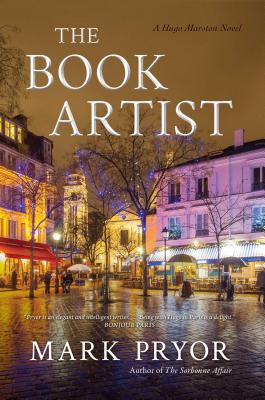

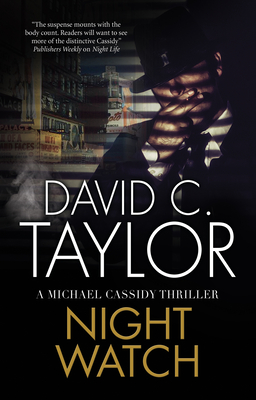

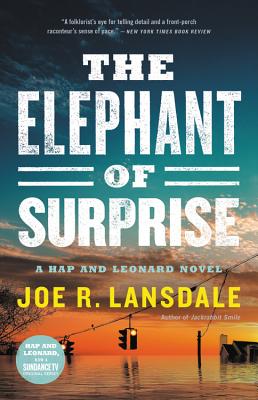
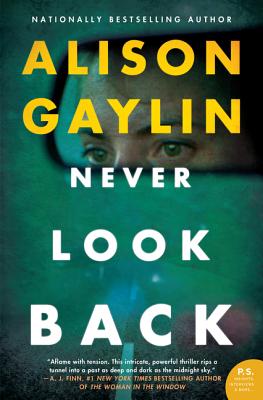 Never Look Back
Never Look Back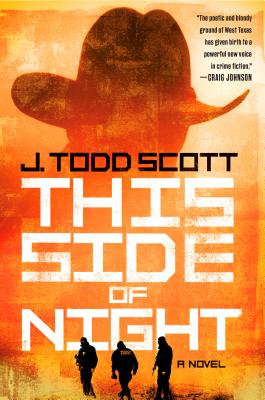 This Side of Night
This Side of Night 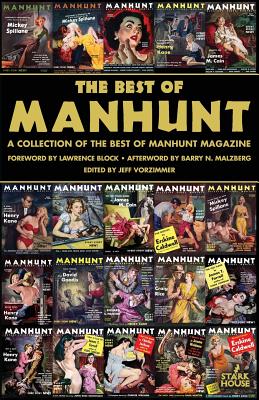 The Best of Manhunt
The Best of Manhunt